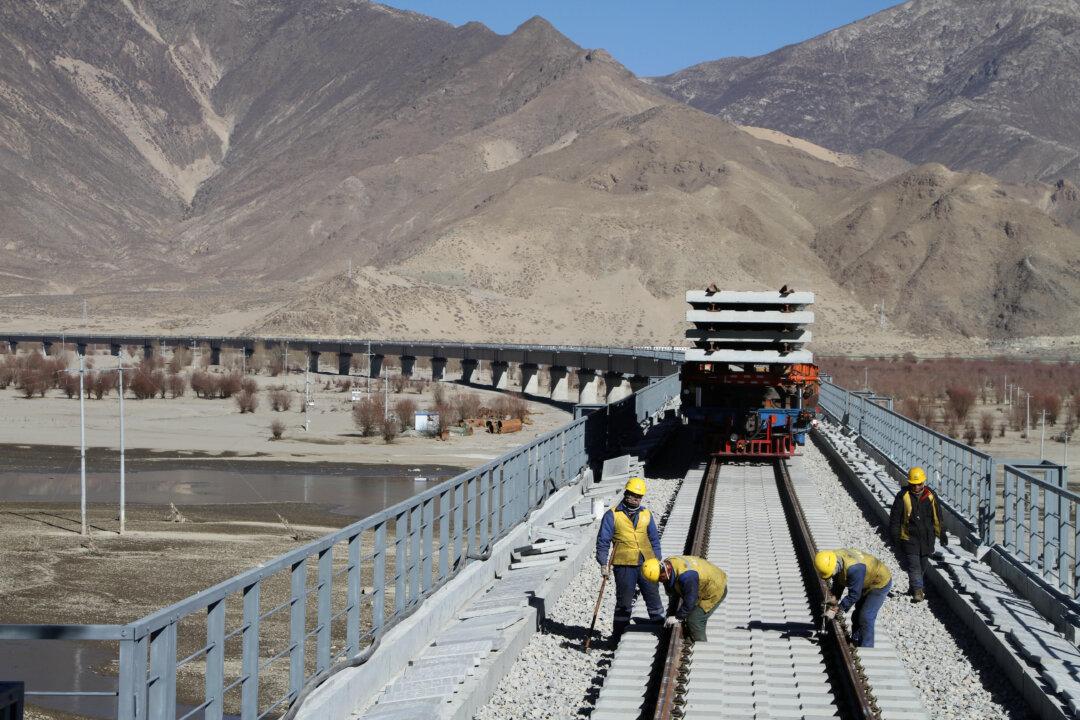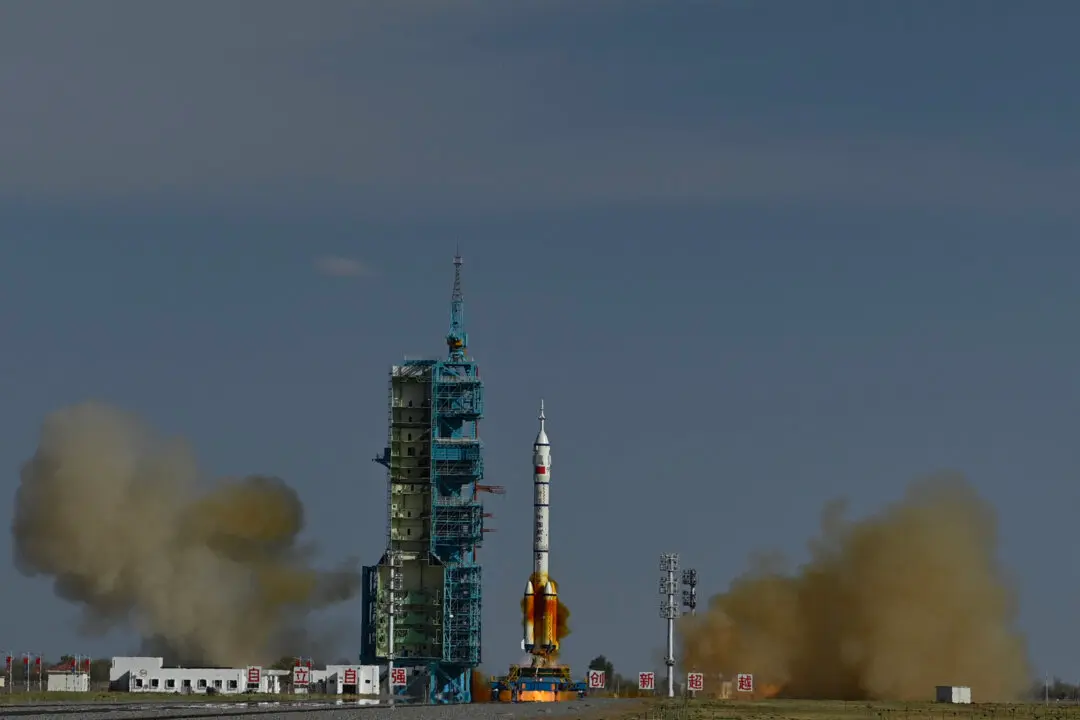India has raised concerns with the Chinese regime over its plan to build a hydropower dam in Tibet, India’s foreign ministry said on Jan. 3.
According to Chinese state news agency Xinhua, the recently approved dam will be built on the lower reaches of the Yarlung Zangbo River, which becomes the Brahmaputra River as it leaves Tibet and flows south into India’s Arunachal Pradesh and Assam states and finally into Bangladesh.





